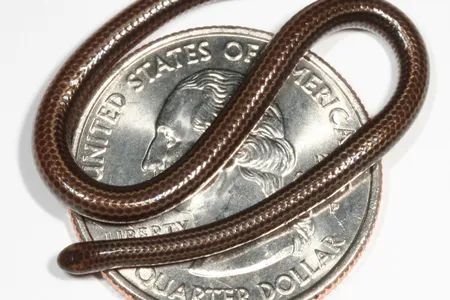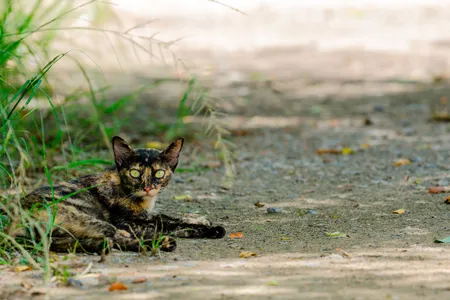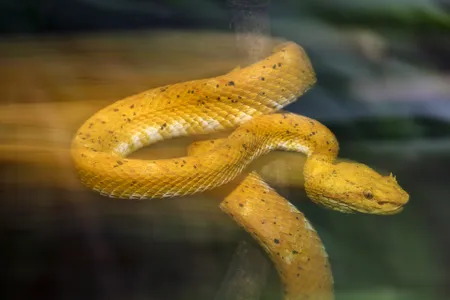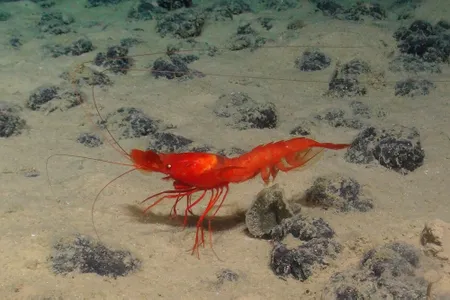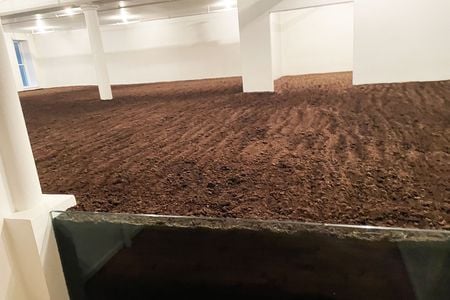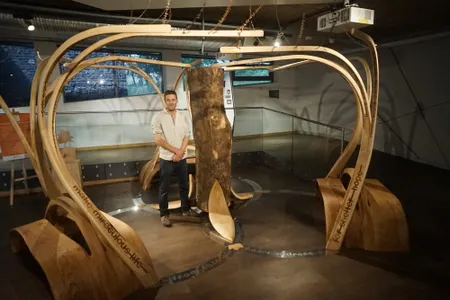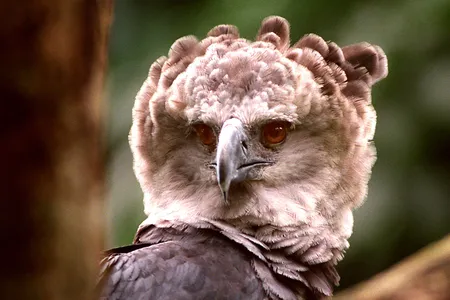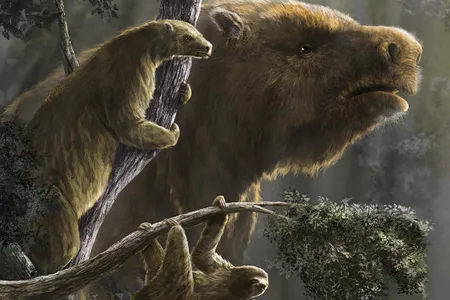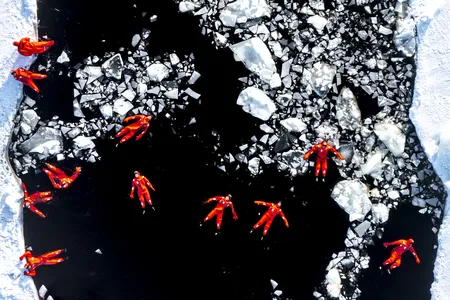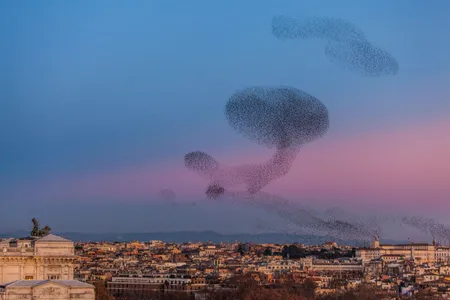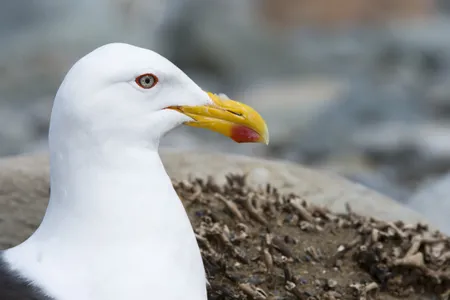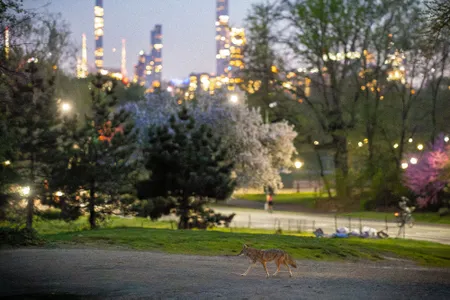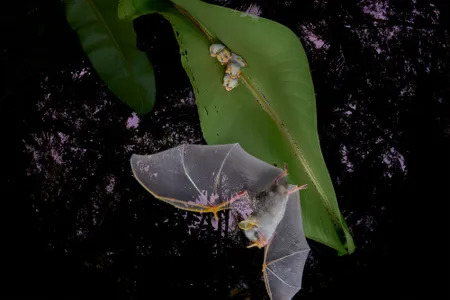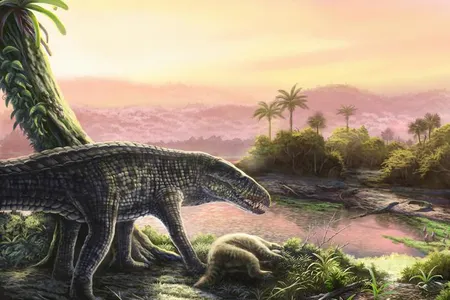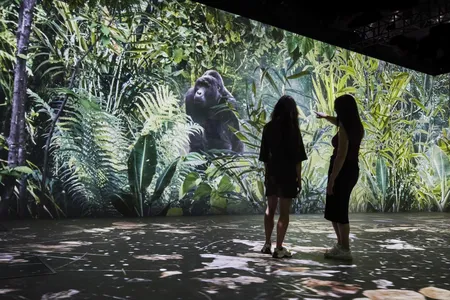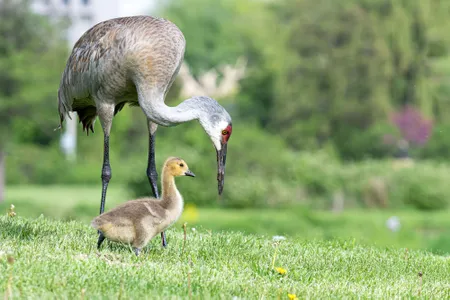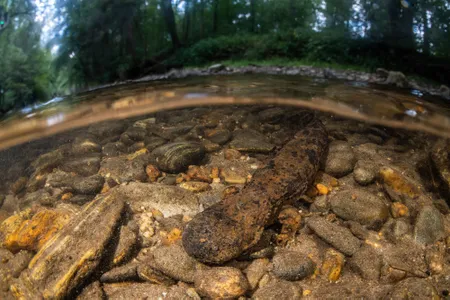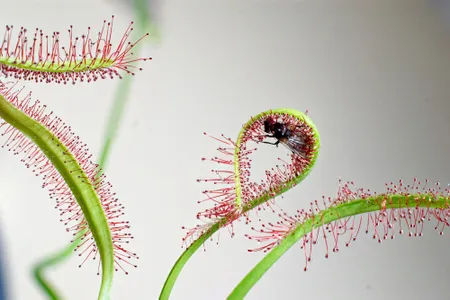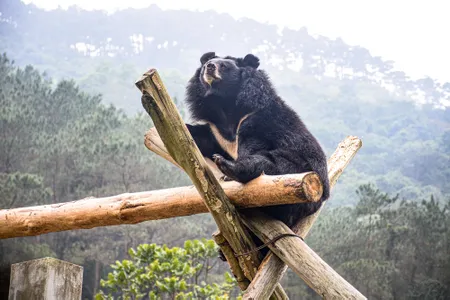Scientists Feared the World’s Smallest Snake Had Gone Extinct. They Just Found It Again
When fully grown, the Barbados threadsnake is only three to four inches long—shorter than many earthworms
Why Fire Island Has Seen an Explosion of Feral Cats
In New York’s only federal wilderness area, the loss of a key predator has led to the rise of a new one—with dire consequences for the island’s native birds
Smithsonian Photo Contest Galleries
See 15 Photos of Sensational, Slithering Snakes
These reptiles often get a bad rap, but there are plenty of reasons to celebrate snakes
As Interest in Deep-Sea Mining Grows, Scientists Raise Alarms About the Possible Ecological Consequences
Gathering minerals such as nickel, cobalt, manganese and lithium from the seabed could affect everything from sponges to whales. The long-term effects of these extractions remain uncertain
New York City Loft Filled With 280,000 Pounds of Dirt Lives on After Death of Beloved Caretaker
Bill Dilworth, who died at age 70, had carefully maintained the curious art installation—known as “The New York City Earth Room”—and charmed visitors since 1989
The Largest Section of the Beloved Sycamore Gap Tree Is Going on Display in England
The iconic tree was illegally chopped down in September 2023, but its memory will live on in the form of a new art installation that invites visitors to touch—and even embrace—a piece of its trunk
Why Did a Large Harpy Eagle Attack an Adult Woman?
The incident, which took place in the forest in French Guiana, was an extremely rare occurrence
Giant Sloths and Many Other Massive Creatures Were Once Common on Our Planet. With Environmental Changes, Such Giants Could Thrive Again
If large creatures like elephants, giraffes and bison are allowed to thrive, they could alter habitats that allow for the rise of other giants
See Ten Stunning Images From the International Aerial Photographer of the Year Awards
Breathtaking views of glaciers, volcanoes and animals were celebrated in the competition’s inaugural year
A Closer Look at the Kestrels, Hedgehogs and Other Wild Animals That Inhabit Rome
From antiquity to modern times, the city has been rife with creatures that creep, slither, scurry and nest among its pillars and palaces
Southern Hemisphere Gull Seen in Wisconsin for the First Time, Drawing Tourists for a Rare Glimpse of the Out-of-Place Bird
The vagrant kelp gull mated with a local herring gull, though the chick did not survive. Experts say it’s a “complete mystery” how the bird came to nest so far north in the first place
In a Milestone for Manhattan, a Pair of Coyotes Has Made Central Park Their Home
For six years, two photographers have carefully followed the canines and documented their secret lives
Ten Stunning Nature Photos From the BigPicture 2025
From the beautiful to the bizarre, this annual photographic showcase shines a light on some of our planet’s most breathtaking species and places
After Crocs and Lemurs Went Extinct on the Mainland, Many Survived on Islands for Millions of Years
Isolation allows creatures to thrive as their relatives perish due to the threats present on much larger landmasses
Explore the History of the Planet With David Attenborough at This New Immersive Experience in London
“Our Story With David Attenborough” at the Natural History Museum is a 50-minute program that explores humankind’s role in the planet’s ongoing story
These Sandhill Cranes Have Adopted a Canada Gosling, and Birders Have Flocked to Watch the Strange Family
Ornithologists and locals wonder what the future holds for this chick being raised by much taller, but still doting parents
Why Has This North Carolina Town Embraced a Strange Salamander?
The city of Boone has put a giant mural of the eastern hellbender downtown and its residents often imbibe a local Hazy IPA named after the amphibian
Carnivorous Plants Have Been Trapping Animals for Millions of Years. So Why Have They Never Grown Larger?
Plants that feed on meat and animal droppings have evolved at least ten times through evolutionary history
These Tiny, Beautiful Fossils Detail the History of the Ocean
Bountiful remains of foraminifera reveal how organisms responded to climate disturbances of the past
These Asian Bears Were Cut Open for Their Bile. Here’s What’s Being Done to Rehabilitate Them
Veterinarians in Vietnam perform surgeries, prepare special diets and craft recovery routines for moon bears to give them a better life
Page 1 of 49
